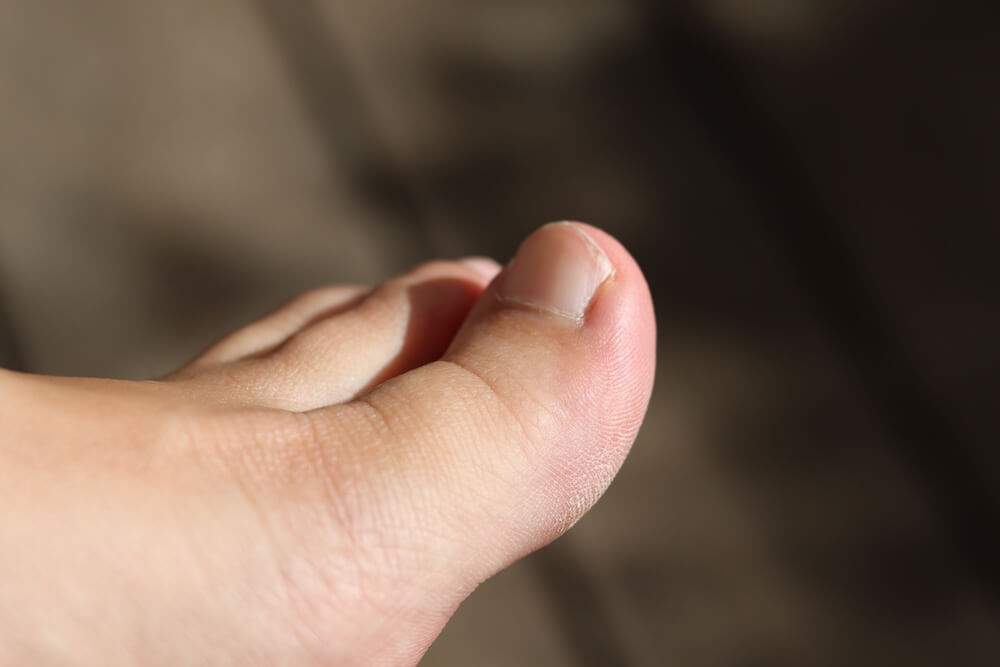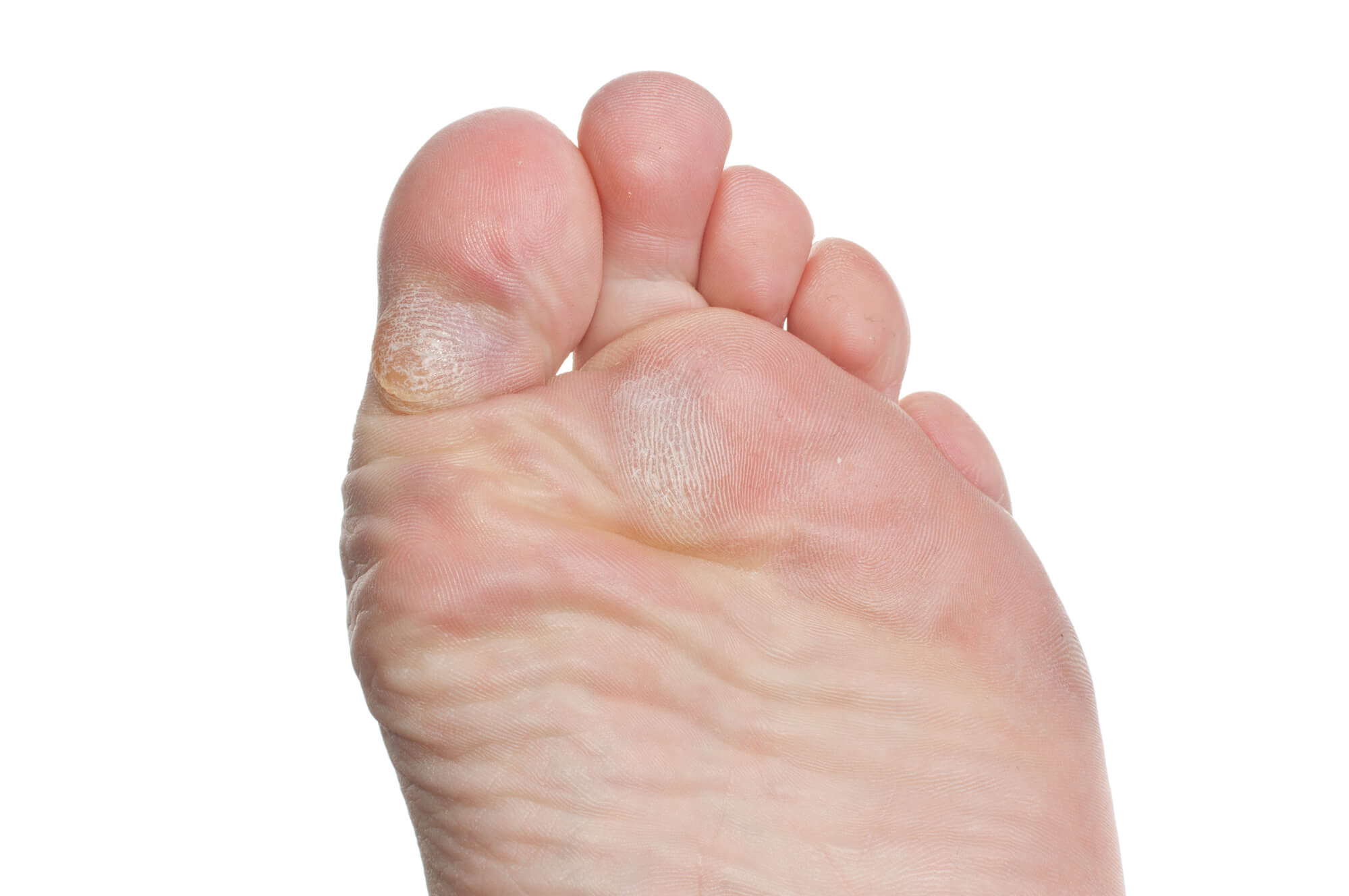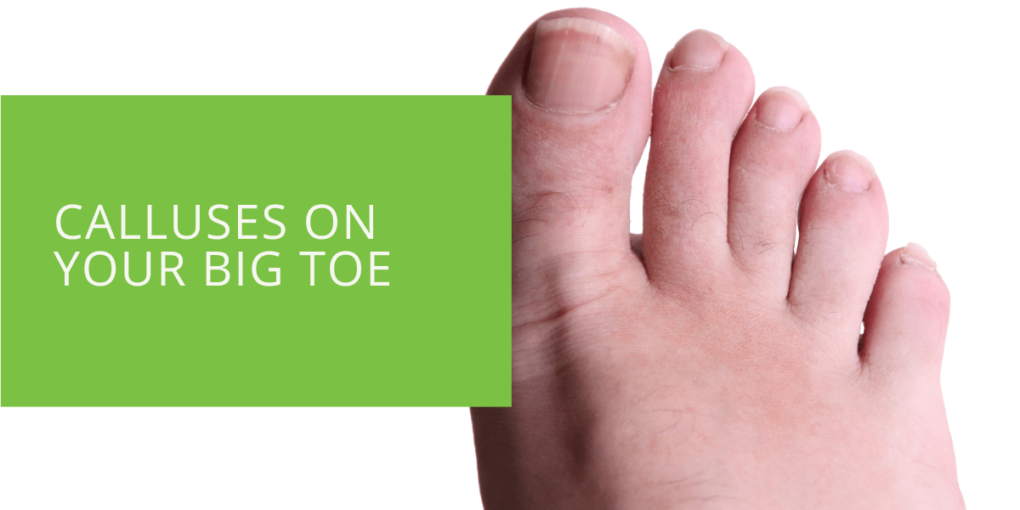Understanding and Managing Calluses on Your Big Toe
Calluses on the big toe, also known as corns or calluses, are a common foot problem that many people experience. They are caused by friction and pressure on the area of the skin, often from ill-fitting shoes or certain foot structures. Calluses can be unsightly and uncomfortable, but there are ways to prevent and treat them. This article will discuss the causes and symptoms of calluses on the big toe, risk factors, and treatment options.
What Are Calluses on The Big Toe?
Calluses on the big toe are thickened skin areas that develop from friction and pressure. They can be caused by ill-fitting shoes that rub against the toe and certain foot structures such as hammertoes or bunions. Calluses are typically found on the top or side of the big toe and may be painful or uncomfortable.
Risk Factors for Developing Calluses on The Big Toe
Several risk factors can increase the likelihood of developing calluses on the big toe. These include:
- Foot structure and gait: People with foot conditions such as hammertoes or bunions are more likely to develop calluses on the big toe as these conditions can cause the toe to rub against the shoe.
- Ill-fitting shoes: Too tight or loose shoes can cause friction and pressure on the big toe, leading to the development of calluses.
- Certain medical conditions: People with diabetes may be more susceptible to developing calluses on the big toe as diabetes can cause changes in the skin and reduce sensation in the feet.

Preventing Calluses on The Big Toe
Several steps can be taken to prevent the development of corn and calluses on the big toe. These include:
- Wearing properly fitting shoes: It is important to wear shoes that fit well and do not rub against the big toe.
- Using inserts or orthotics: Custom-made inserts or orthotics can help redistribute pressure and reduce friction on the big toe.
- Maintaining a healthy weight: Carrying extra weight can put extra pressure on the feet and lead to the development of calluses.
Treatment Options for Calluses on The Big Toe
Several treatment options are available to treat corns and calluses if you already have calluses on your big toe. These include:
- At-home remedies: Soaking the affected area in warm water and using a pumice stone to remove dead skin gently can help reduce the thickness of the callus.
- Over-the-counter medications: Medicated pads containing salicylic acid can be applied to the callus to help soften it.
- Professional treatments: If at-home remedies and over-the-counter medications do not work, it may be necessary to see a podiatrist. A podiatrist can use various methods to remove the callus, including shaving or cutting it off.

When to See a Doctor
While calluses on the big toe are not typically serious, there are certain situations where it is important to see a doctor. These include:
- Signs of infection: If the callus becomes red, swollen, or warm to the touch, it may be infected and require medical attention.
- Persistent pain or discomfort: If the callus is causing significant pain or discomfort, it may be necessary to see a doctor for further evaluation and treatment.
- Difficulty walking: A visit to the doctor may be necessary if the callus makes it difficult to walk or perform daily activities.
Conclusion
Calluses on the big toe, also known as corns or calluses, are common foot problems caused by friction and pressure on the area of skin. They can be caused by ill-fitting shoes or certain foot structures and can be uncomfortable or painful. To prevent the development of calluses, it is important to wear properly fitting shoes, use inserts or orthotics, and maintain a healthy weight. Treatment options include at-home remedies, over-the-counter medications, and professional treatments. If you are experiencing persistent pain or discomfort, difficulty walking, or signs of infection, it is important to see a podiatrist for further evaluation and treatment. Remember, taking care of your feet is important to prevent foot problems. Using a pumice stone regularly to remove dead skin cells can help prevent calluses and corns.
FAQ
How do I get rid of a callus on my big toe?
There are several methods for getting rid of calluses on the big toe, including soaking the affected area in warm water and using a pumice stone to gently remove dead skin, using medicated pads containing salicylic acid, and visiting a podiatrist for professional treatment such as shaving or cutting off the callus.
Should you remove a callus on my big toe?
While calluses on the big toe are not typically serious, they can be uncomfortable or painful. If the callus is causing significant pain or discomfort, it is recommended to remove it through one of the above methods. If the callus is not causing discomfort, removing it may not be necessary.
What do calluses on the big toe mean?
Calluses on the big toe are a sign of friction and pressure on the area of the skin. They can be caused by ill-fitting shoes or certain foot structures and are a common problem for many people.
Why is my big toe always calloused?
If your big toe is always calloused, it may be due to ill-fitting shoes, certain foot structures, and/or activities that pressure the big toe. It is important to identify the cause to prevent further callus development.
What happens if you don't remove calluses?
If left untreated, calluses can become painful, making it difficult to walk or perform daily activities. In some cases, calluses can also lead to other foot problems, such as infection. It is important to address calluses promptly to prevent further complications.

